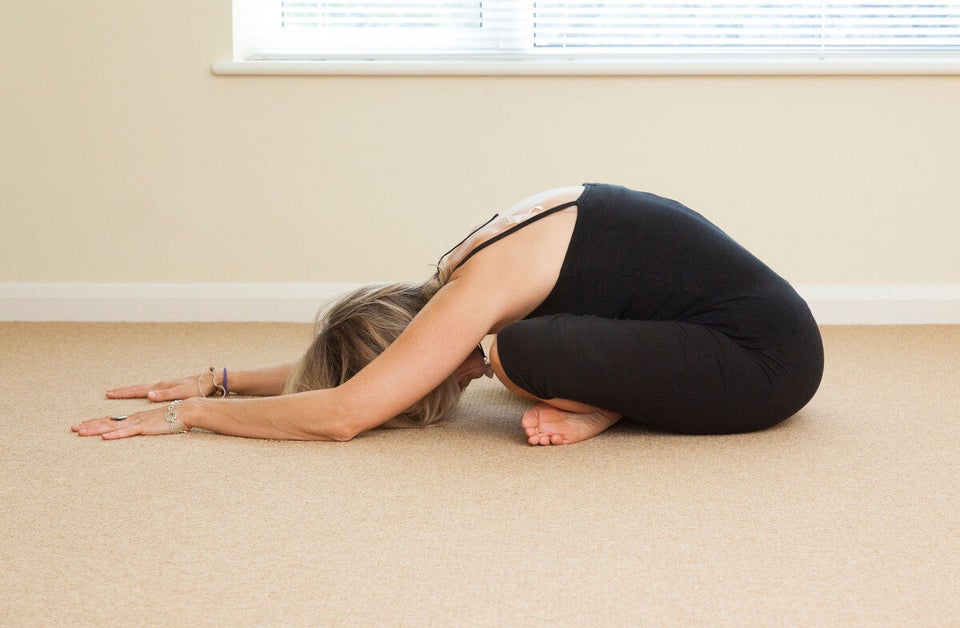
As most health professionals who work in the weight management field already know, the simple advice of "eat less and exercise more" is far removed from the complicated answer to weight loss. Research suggests there is another major factor that can influence your risk for gaining weight and it has nothing to do with how much or little exercise you do or food you eat (well...at least not directly related...). SLEEP.
We all know that lack of sleep is detrimental to our health but does it influence our weight?
Apparently, for adults, if you sleep less than six hours a night, your risk for being obese is raised by a factor of 3.8 (compared to adults who slept seven to eight hours) and in one study, this was the greatest impact on the participants' weight. Other impacts on weight included a high dis-inhibition behaviour (one meaning is interpreted as overeating in response to external cues, or cues not related to hunger. External cues include other people eating or ads on TV), low calcium intake and high hunger behaviour.
Other studies have shown that over nine hours of sleep are also associated with more likelihood of weight gain. Therefore, it is recommended that adults aim for seven to eight hours of sleep per night.
However, if you were thinking about catching up on sleep a few nights of the week while skimping on other nights, think again. Other studies have shown that when you are sleep deprived (say four hours of sleep), your body produces hormones and signals that increase hunger and appetite. One study showed that the sleep deprived participants ate 559 more calories the day following four hours of sleep.
Sleeping less increases hormones that increase hunger and appetite, not to mention that when you are awake longer you have more opportunity to eat AND if you are tired, you are less likely to exercise.

So if you are trying to lose weight keep in mind that sleeping fewer than seven hours can impact compliance to a lower calorie diet! And if you are trying to maintain your weight, increasing sleep to seven to eight hours per night can limit fat gain over time.
ALSO ON HUFFPOST:

"This one is good for sleep," says Bielkus. "It also eases tension and lets the hips open up, and just creates an overall sense of ease in the body."

"Sway a little side to side and breathe," says Bielkus. "Bend the knees as much as needed to ease any strain. Tension in the legs and hips will start to release."

"By turning the flow of blood around, you bring new vitality into the body," says Bielkus.

"When we flip the legs up, the blood can rush back down to the heart," says Bielkus. "It has a soothing quality."

"By focusing the mind and bringing awareness in, you take the mind off of what is causing stress or restlessness," says Bielkus.

"Gentle twists relieve tension throughout the whole spine and also aid in digestion and help us rinse out some tension from the day," Bielkus says.


"Bring one hand to your heart and one hand to your belly," Bielkus says. "Breathe deeply observing the breath move in and out of the body."

"If I can't sleep ... As soon as I've done three left nostril breaths, I'm out," says Bielkus. "It's really, really effective."